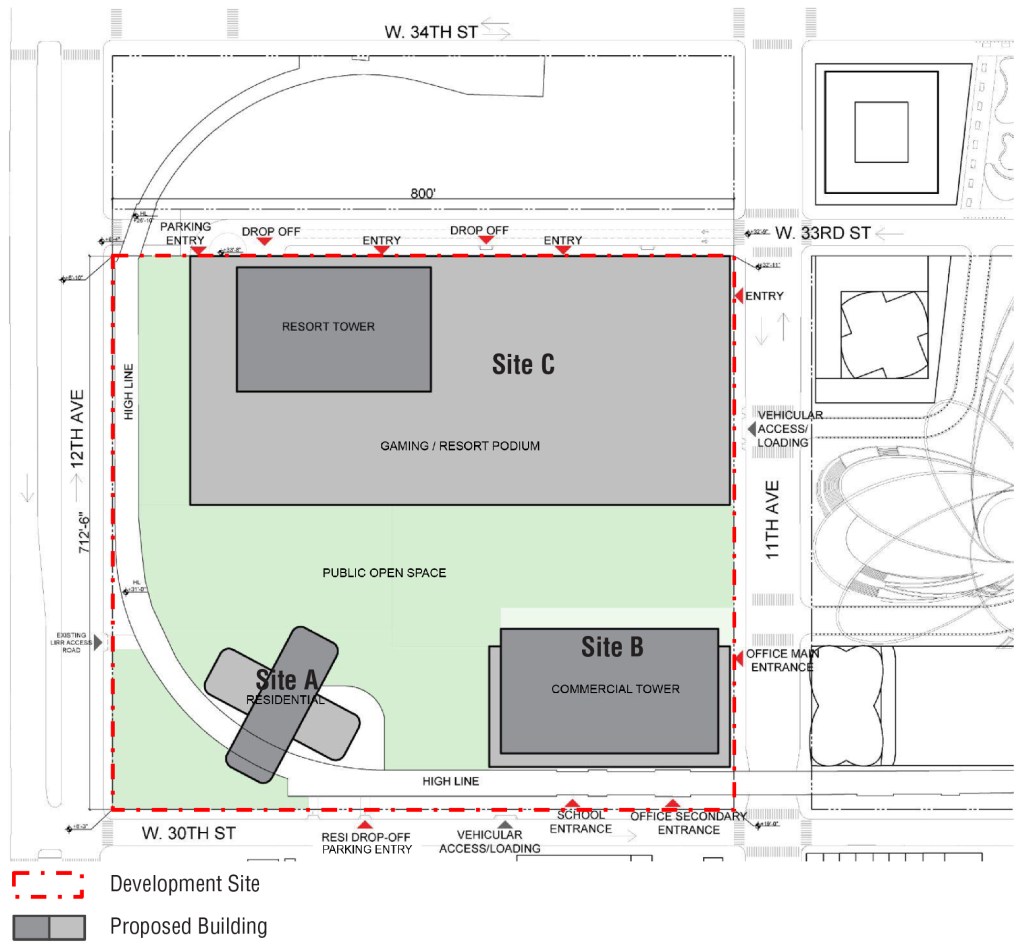Twenty-five years ago last month, the two of us met at a Community Board meeting and discovered that we had something unusual in common. We both wanted to preserve an unused freight rail line that was going to be torn down — and transform it into a lush, elevated park.
We didn’t want the city to repeat the historical mistake of the destruction of the original Penn Station. Our community and city could collectively reclaim a magnificent piece of industrial infrastructure and transform its rusting iron into a new urban treasure. Not everybody got it. But most of our neighbors in the West Village and Chelsea did. The West Side community fought for this vision, ultimately winning the active support of the Bloomberg administration. The result is the High Line.
Born from the community, the community has embraced the High Line as its neighborhood park — and protected it from numerous threats, including proposals to tear down the northernmost third of the High Line; to tear down the High Line’s 30th St. spur; and, in 2020, to build a view-blocking wall adjacent to the same northern stretch.
All of those proposals were made by the Related Companies, developers of Hudson Yards, and all were defeated by robust grassroots activism. But today the High Line is under threat again from Related and its casino partner, Wynn Resorts: They are now proposing a massive, Las Vegas-style development on the western rail yard that would wall off city views and eviscerate a hard-won, community-supported plan for a more balanced development centered on a major, riverview green space.
Related and Wynn’s new proposal would sweep away the years of civic engagement that led to a 2009 rezoning of the proposed development site. Neighborhood leaders, elected officials, and this same developer went through an arduous but ultimately successful process to create a master plan that included up to 5,700 units of housing, a beautifully designed green space, a school, and a day care site.
While no one at the negotiation table got everything they wanted, the 2009 plan was an artful compromise that made the most of the site, weaving the super-block into the streetscape and creating a downtown version of Central Park’s Great Lawn, overlooking the Hudson River.
Now the developer wants to undo the agreement and rezone the site again. The principal changes include much taller and wider buildings at an overwhelming scale, less accessible green space, more office space (in a city that has a glut), and less housing in a city that has a desperate shortage.
From the perspective of people walking on the High Line, the “magical sensation of floating in the city” that this newspaper so eloquently wrote 10 years ago would be blocked by a hulking structure that the developer calls a podium (200 feet high according to their papers), whose placement would block those iconic views. Inside the podium: a windowless Vegas-style casino floor. From magic to mundanity.
And what will the effect on local business be? The same hulking structure will contain 10-15 restaurants and bars for high rollers. So much for supporting the community fabric of Chelsea and Hell’s Kitchen. This stands in contrast to other NYC-area casino proposals that offer incentives to patronize neighborhood restaurants.
To accomplish their goal, the developers need the city officials to once again change the zoning for the site, and they need to win a casino license through a state-run process. These are important decisions for local and state-level representatives. Generations of New Yorkers will have to live with the decision. Will their choice resemble the catastrophic folly of tearing down Penn Station or the visionary genius of city leaders to preserve the High Line?
To be sure, reflexive opposition to development is unfortunately too commonplace in New York City. But this is not a NIMBY conversation. The western rail yard should absolutely be developed. It’s one of the last major undeveloped sites in Manhattan, representing a once-in-a-generation opportunity. As the community has long desired, we can add thousands of housing units, mixed use space, a new school, other community amenities and new green space harmoniously integrated with the High Line. And create thousands of new jobs in the process.
We have just one chance to get this right. Related and Wynn’s new plan fails the test of sensible and authentic urban design and must be fought with the same spirit that brought the High Line to life 25 years ago.
David and Hammond founded Friends of the High Line in 1999, which helped build and now maintains the High Line park.
